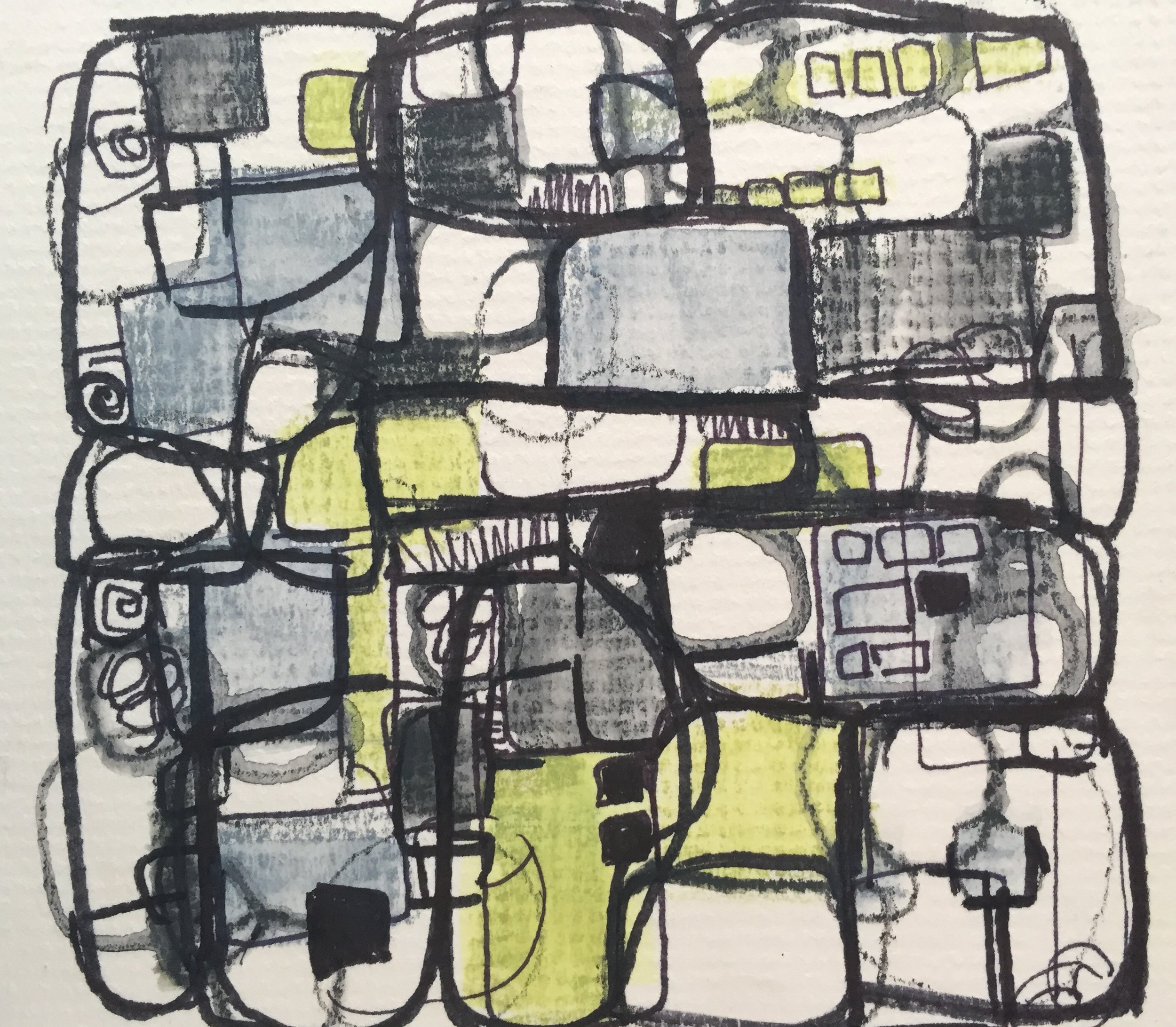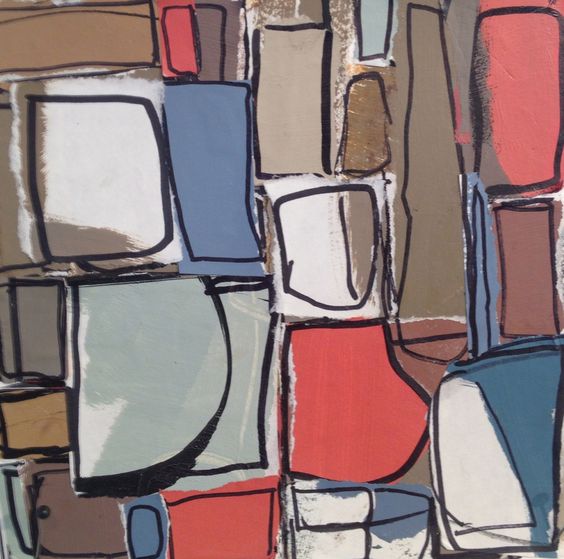Having A Talk With Your Painting: When Is It Finished?
O.K. confession time..I have been working on an abstract painting for way too many months. Each time I return to this painting I declare that on that particular day, if I resolve just a few more problem areas that my work will be finished! Sometimes I even take pictures of work in progress and look at it on my cell phone in the evening when I am home. I often convince myself that the next time I return to my studio... bingo I will just need to add a little of this or that and I'll be done. But even with some tinkering, that "finish" bell may not ring as I expected. How does one know when an abstract painting is done? One of my mentors said in a critique session "that a painting is not finished...it just stops in interesting places". So with that comment in mind, I'm returning to my studio and I am going to have a talk with my painting and ask it what would make you more interesting?






















